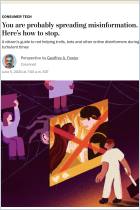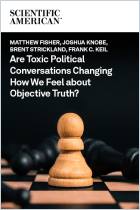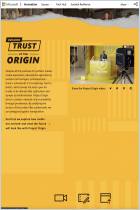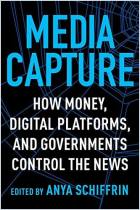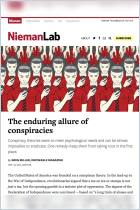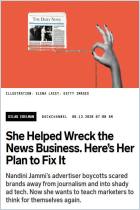
In: Society
Media Manipulation
One of the most dangerous trends of our time: Harnessing the vast new possibilities of the digital age, including misuse of both mainstream and social media, malicious actors find it easier than ever to disseminate lies and conspiracy theories. With minimal effort and resources they can destabilize whole societies and even influence elections. Read these summaries and learn how they operate by distorting the messages the public receives, what damage they inflict, and how free and open societies can defend against them.
Related Channels
Summaries
You are probably spreading misinformation. Here’s how to stop.
A citizen’s guide to not helping trolls, bots and other online disinformers during turbulent times.
The Washington Post, 2020
Are Toxic Political Conversations Changing How We Feel about Objective Truth?
As political polarization grows, the arguments we have with one another may be shifting our understanding of truth itself
Scientific American, 2018
Building Trust at the Origin
Project Origin aims to create a measure of accountability through provenance: By certifying the source of the content like a watermark, we can safeguard against manipulation.
Microsoft, 2021
Ghosting the News
Local Journalism and the Crisis of American Democracy
Columbia Global Reports, 2020
The Enduring Lure of Conspiracies
Conspiracy theories seem to meet psychological needs and can be almost impossible to eradicate. One remedy: Keep them from taking root in the first place.
Niemanlab.org, 2021
She Helped Wreck the News Business. Here’s Her Plan to Fix It
Nandini Jammi’s advertiser boycotts scared brands away from journalism and into shady ad tech. Now she wants to teach marketers to think for themselves again.
Wired, 2020
The Supply of Disinformation Soon Will Be Infinite
Disinformation campaigns used to require a lot of human effort, but artificial intelligence will take them to a whole new level.
The Atlantic, 2020













